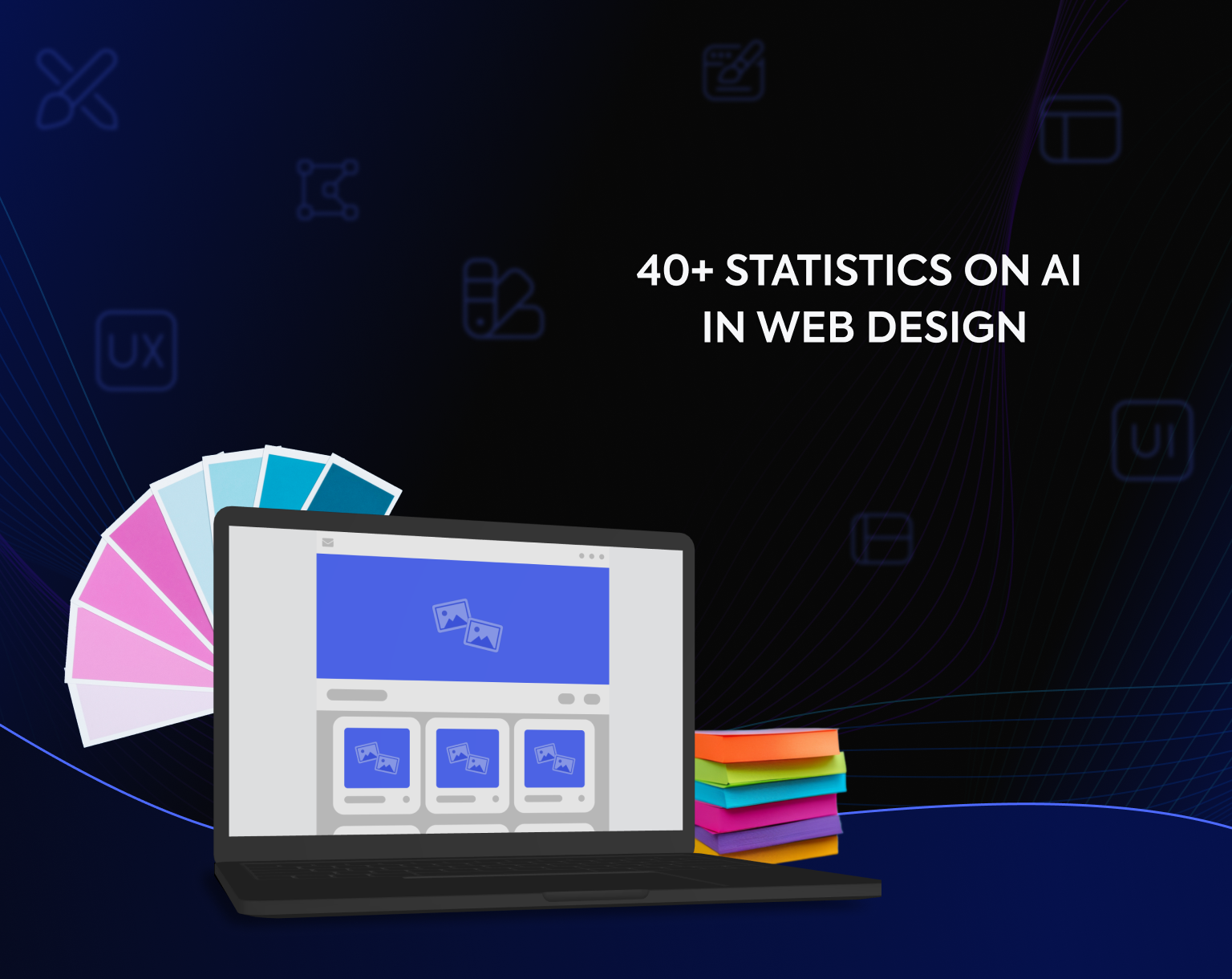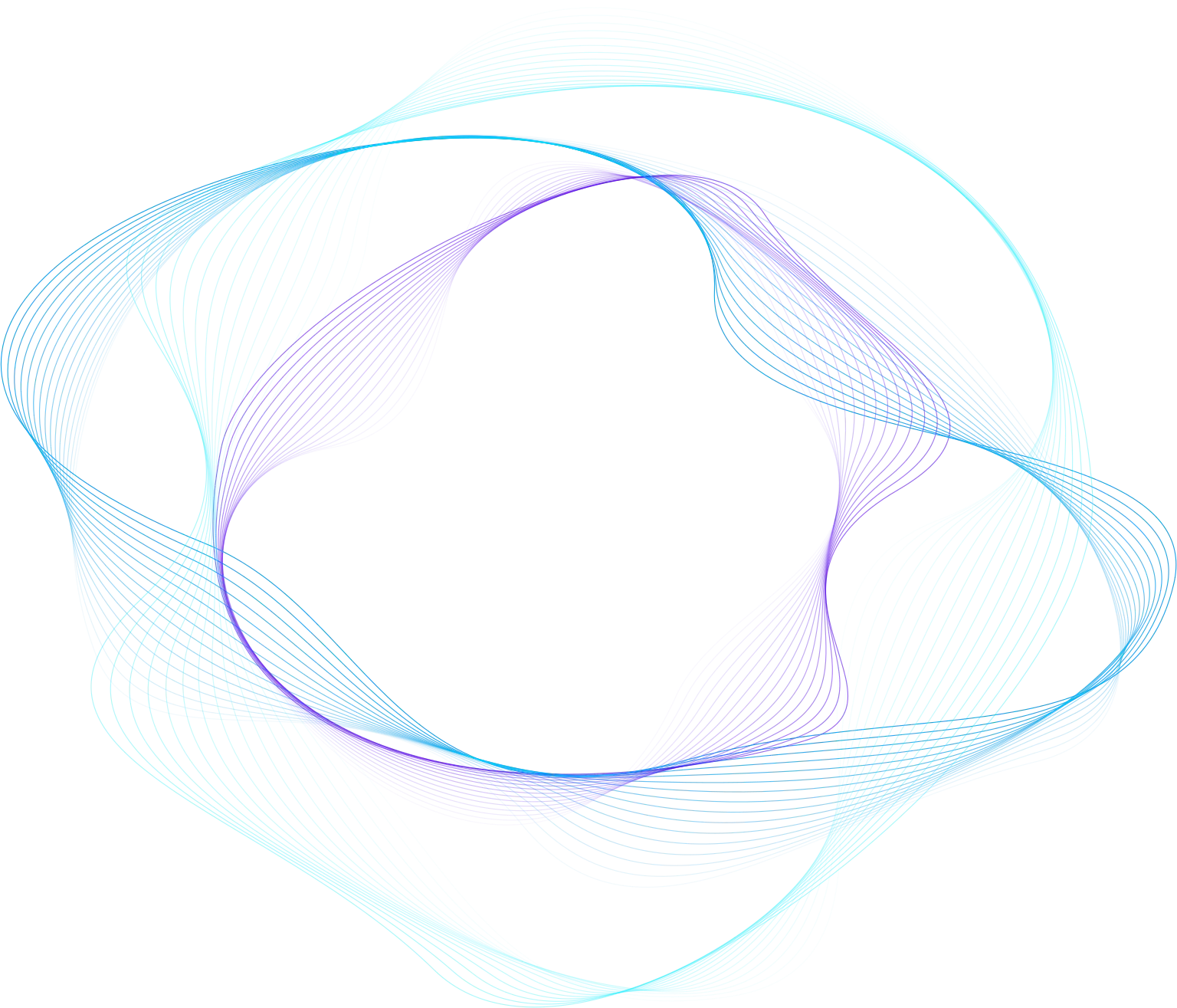
10 Best Web Design Companies for Small Businesses
Key Takeaways:Gauss delivers enterprise-quality websites ...

Author:
Tomislav Horvat

The Global AI Website Builder Market is projected to accelerate at a 31.1% compound annual growth rate between 2023 and 2033, with revenues reaching $5.1 billion by end-2023 and surpassing $20.1 billion by 2033.
An overwhelming 93% of web designers have incorporated AI tools or technologies into their web design-related workflows within the past three months.
When creating websites, 67.39% of business owners now favor using AI Website Builders over traditional from-scratch development approaches.
The majority of web designers - 55% - indicate their employers or primary freelance clients have implemented policies that actively promote AI tool integration in web design workflows.
In perception testing, 54.38% of surveyed business owners were unable to distinguish between human-created and AI-generated websites, incorrectly identifying AI Website Builder creations as human-designed work.
From 2018 to 2022, the Global AI Website Builder Market exhibited a remarkable 26.7% compound annual growth rate.
Looking ahead, experts anticipate the Global AI Website Builder Market will accelerate at a 31.1% compound annual growth rate between 2023 and 2033, with revenues reaching $5.1 billion by end-2023 and surpassing $20.1 billion by 2033.
The United States' AI Website Builder sector is forecasted to expand at a 32.9% compound annual growth rate from 2023 to 2033, ultimately attaining a market value of $5.09 billion.
In the United Kingdom, the AI Website Builder Market is expected to maintain a 27.4% compound annual growth rate between 2023 and 2033, reaching a valuation of $0.73 billion.
China's AI Website Builder Market demonstrates exceptional potential with a projected 33.6% compound annual growth rate from 2023 to 2033, culminating in a market value of $2.7 billion.
Within Asia, India stands out with the highest anticipated growth trajectory for AI Website Builders at a 35.8% compound annual growth rate from 2023 to 2033, achieving a valuation exceeding $0.93 billion.
The U.S. landing page AI builders segment is set to expand at a 14.3% compound annual growth rate between 2022 and 2032, generating $1.9 billion in revenue.
Within the Healthcare Industry, the AI Builders Market (including Website Design and Development) is predicted to grow at a 33.6% compound annual growth rate from 2023 to 2033.
The No-Code AI Platform Market is expected to surge from $2,581.3 million in 2021 to $38,518.0 million by 2032, representing a 28.1% compound annual growth rate.
The Low Code Development Platform Market, encompassing AI website builders, is forecasted to advance at a 28.4% compound annual growth rate from 2023 to 2033, reaching $259.922 billion.
A substantial 74.34% of Wix's Q1 2023 total revenue ($278.1 million out of $374.1 million) derives from Website Builder subscriptions, with AI technologies like Wix ADI driving this growth.
Despite development efforts, only 0.026% of websites created using Wix ADI (73 total) remain active as of November 13, 2023, from 277,432 websites initiated since August 2018.
The United States accounts for 46.58% (34 sites) of all live websites created with Wix ADI as of November 13, 2023.

An overwhelming 93% of web designers have incorporated AI tools or technologies into their web design-related workflows within the past three months.
Just 7% of web designers report not using AI in the previous three months or are uncertain about their AI tool usage.
More than a third of designers - 36% specifically - now integrate AI tools into their daily web design practices.
Productivity gains from AI implementation are reported by 32.8% of web designers across the industry.
Enhanced efficiency resulting from AI adoption is experienced by 25.1% of web designers.
Market analysis reveals consumer interest in AI website builders has surged by 50% during the last 12-month period.
When creating websites, 67.39% of business owners now favor using AI Website Builders over traditional from-scratch development approaches.
For businesses looking to outsource their web development, 62% prefer to engage agencies that leverage AI Website Builder technologies.

For website media creation, 58% of web designers leverage AI technology to generate imagery and other visual assets.
Half of all web designers - 50% precisely - utilize AI solutions to build complete web page designs without manual starting points.
Design innovation is powered by AI for 49% of web designers, who employ these tools to explore and experiment with novel design strategies and elements.
Existing design optimization is facilitated through AI for 43% of web designers, who use intelligent tools to identify potential improvements.
Performance analytics and quality assessment via AI technology is practiced by 40% of web designers tracking design effectiveness.
User experience auditing represents a specialized AI application for 20% of web designers who focus on evaluating site usability.
The Bookmark AiDA platform reportedly eliminates 90% of common web development challenges, addressing pain points like broken link detection, design skill requirements, navigation issues, and extended development timeframes.

The majority of web designers - 55% - indicate their employers or primary freelance clients have implemented policies that actively promote AI tool integration in web design workflows.
For 16% of web designers, workplace guidelines take a nuanced approach to AI, discouraging its use for certain design aspects while actively encouraging implementation for specific designated tasks.
Complete restriction on AI usage exists for 10% of web designers, whose workplaces maintain policies explicitly discouraging artificial intelligence application across all web design functions.
Absence of formal governance regarding AI implementation is reported by 12% of web designers, whose workplaces operate without established policies for AI usage in web design projects.
Policy awareness gaps exist among 8% of web designers, who remain uncertain about whether their workplace has developed or implemented any formal AI usage guidelines for web design work.

Nearly one-fifth of web designers - 19% - rate their apprehension about AI's potential impact on job security at the maximum level of 5 out of 5, indicating very high concern.
The largest segment of designers, 38%, express significant concern about AI's influence on career stability, rating their worry at 4 out of 5 on the concern scale.
A neutral stance regarding AI's employment impacts is maintained by 13% of web designers, who rate their concern as a moderate 3 out of 5.
Relatively low anxiety levels are reported by 23% of web designers, who rank their concern about AI's effect on job security at just 2 out of 5.
The smallest proportion, 6% of web designers, express no concern whatsoever about AI's professional implications, instead reporting excitement about the technology's potential.
Among designers resisting AI adoption, more than half - 57% - cite fundamental skepticism about its practical value as their primary reason for non-adoption.
Nearly one-third of AI-resistant designers - 29% - have not actively considered incorporating artificial intelligence into their design processes.
Quality concerns influence 14% of designers who avoid AI adoption, specifically citing apprehension about substandard results from AI-powered design tools.
In perception testing, 54.38% of surveyed business owners were unable to distinguish between human-created and AI-generated websites, incorrectly identifying AI Website Builder creations as human-designed work.

SOURCES:

